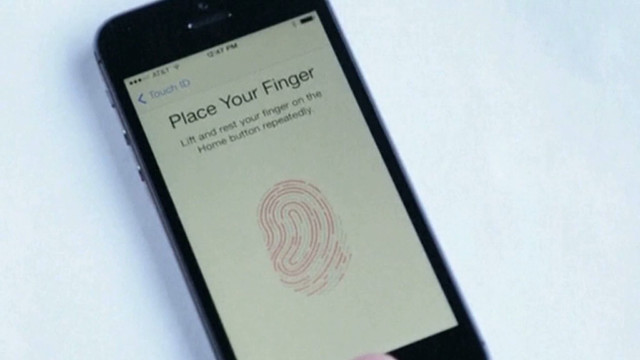Biometrics are used to identify people in countless situations: at the grocery store when you may use your phone to pay for goods, to the bank where you may use your voice to log into your accounts over the telephone and many more.
CGTN’s Phill Lavelle reports on the growing concern around the technology.
As technology reviewer and YouTube Vlogger, Joshua Vergara explainsed, “It’s incredibly common these days – especially on flagship devices. If you don’t see a fingerprint reader on a phone, somebody’s going to get upset.”
Biometrics is a technology that’s here to stay according to Philip Lieberman, a cyber security expert based in Los Angeles. “Essentially, biometrics really now filters through everything,” he said.
But it’s not necessarily a black and white situation. In fact, he explains that it goes much deeper than that, with biometrics often actually taking in a number of factors, before granting you access to a computer or other device.
“Computer biometrics does a few extra things. And that it is that it actually looks to make sure you’re alive, that the biometric signature of your fingerprint is really you and then also sometimes uses context.. like, for example, where are you located in GPS? And by putting that all together, they can get a good idea and high confidence that you are who you are.”
For those thinking that by fingerprint protecting their device, they’re impenetrable, he has bad news: despite the FBI’s claim that it couldn’t get into the iPhone belonging to the man who carried out a terror attack in San Bernardino, California, agencies do sometimes have the intelligence to access information they want. It’s really the government-level encryption that’s going to keep snoopers out.
At California State University Fullerton, they’re working on their own biometrics security and it’s going well.
Their method uses ear scanning as well as face to ensure that the person trying to access a computer is the person who should be allowed in. The user has to actually turn their head in front of the camera. While no solution could be deemed 100% effective, they say theirs is 97% successful and it’s only getting better. They’re hoping it’ll be adopted as a widely-used standard.
 CGTN America
CGTN America

